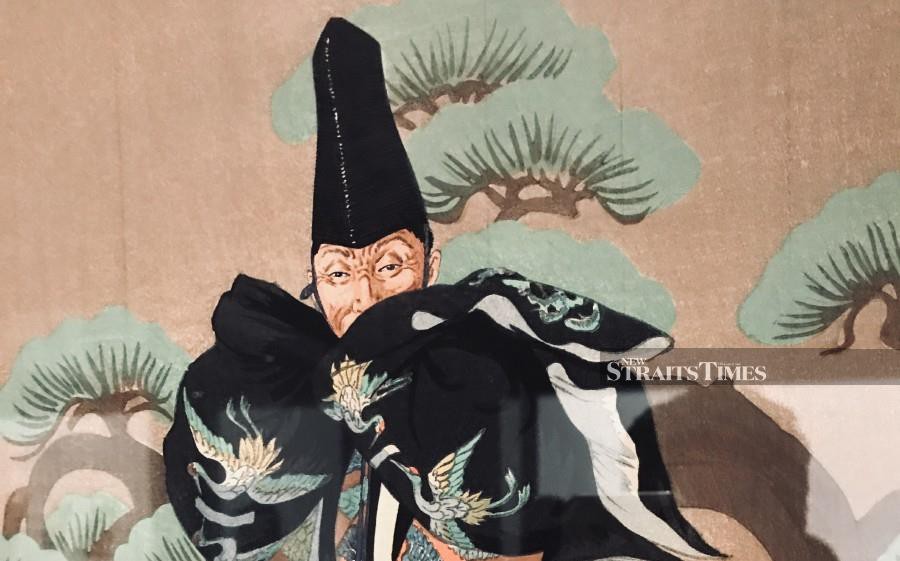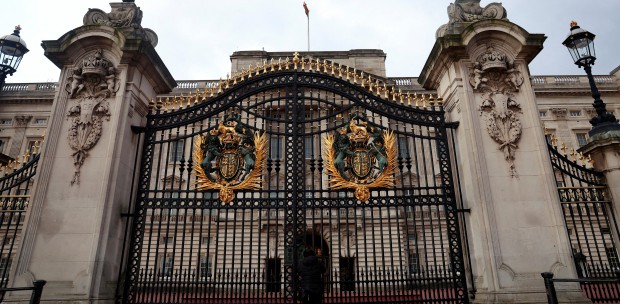THE world's longest-reigning monarch has had plenty of attention around the world this year. Queen Elizabeth's platinum jubilee has also been a feature of the Commonwealth Games, which are wrapping up in Birmingham this weekend. It's almost a quarter of a century since they were held in Kuala Lumpur.
THERE have been sport and music events aplenty in the United Kingdom in 2022, but fewer of the fine arts. For the next few months, a spectacular show is happening in the highly appropriate setting of Buckingham Palace (or to be absolutely accurate, the Queen's Gallery next door). The theme is Japanese art, always welcome but a mysterious choice for this year.
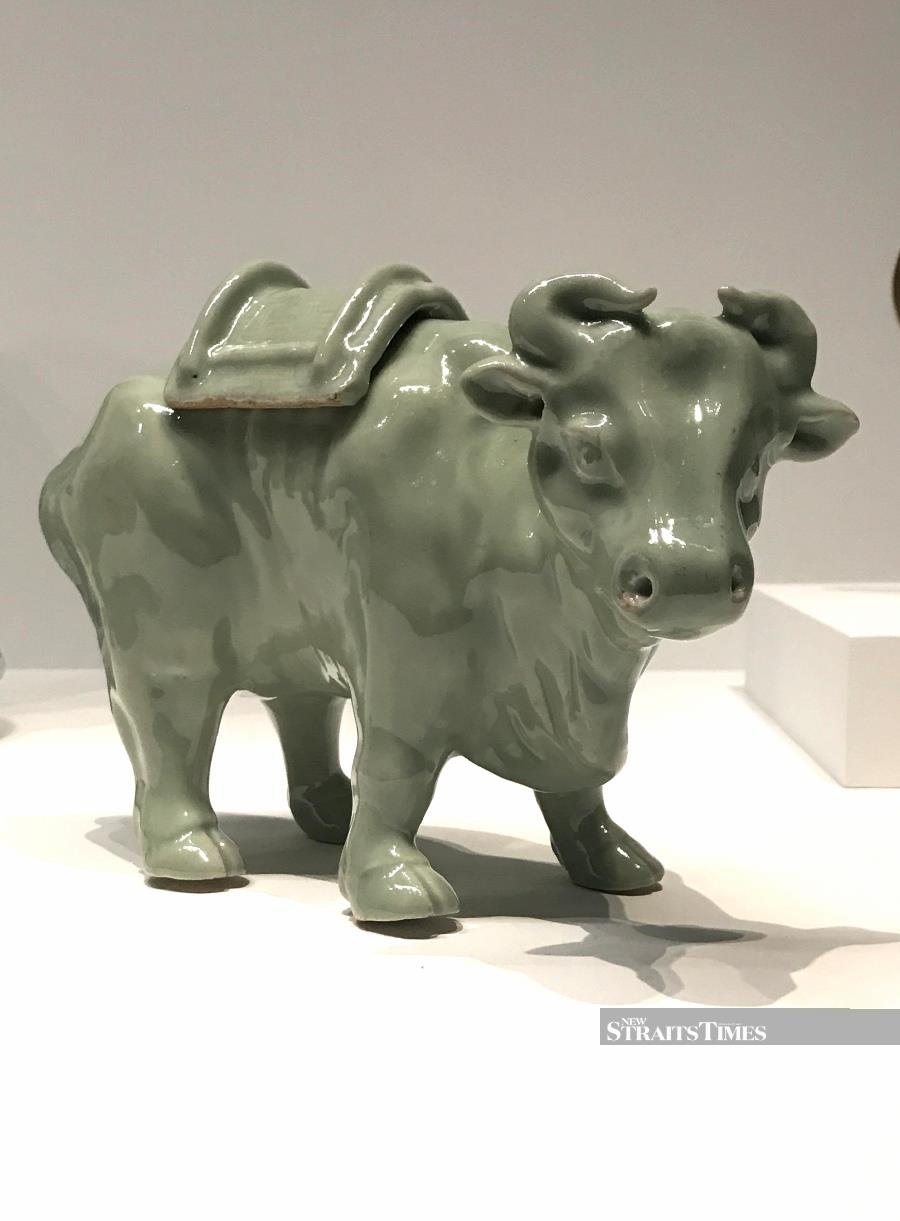
The British Royal Family has been collecting Japanese works of art for a long time. There has also been a curious kinship between these two island nations. The history hasn't always been good.
As most of those who fought in the Second World War are now dead, there is the brighter prospect of the First World War. On that occasion, Japan was an ally in the war against Germany. Heirs to the British throne had naval training in Japan and Japanese royals were honoured guests in Britain.
PRECIOUS MEMORABILIA
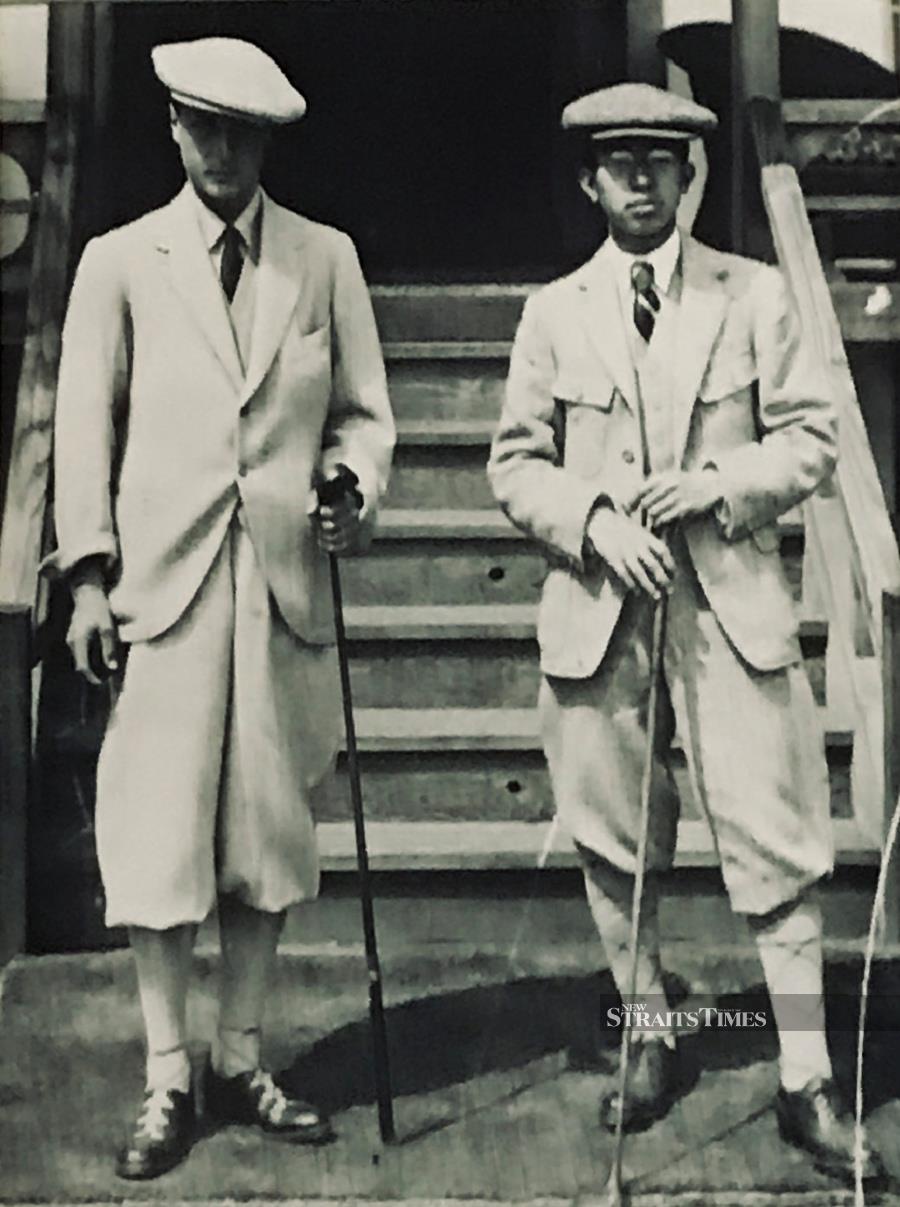
Among the joys of this exhibition is the memorabilia of those times. There's a young Crown Prince Hirohito playing golf with his British counterpart — the ill-fated Prince of Wales before he become Edward VIII, the shortest-reigning king in recent history.
It's the personal interactions that not only give this show its eye-opening vigour, but also show why it's worth having a monarchy. Everything has been methodically stored over generations and there are plenty of people archiving everything in sight. Presidents don't work the same way.
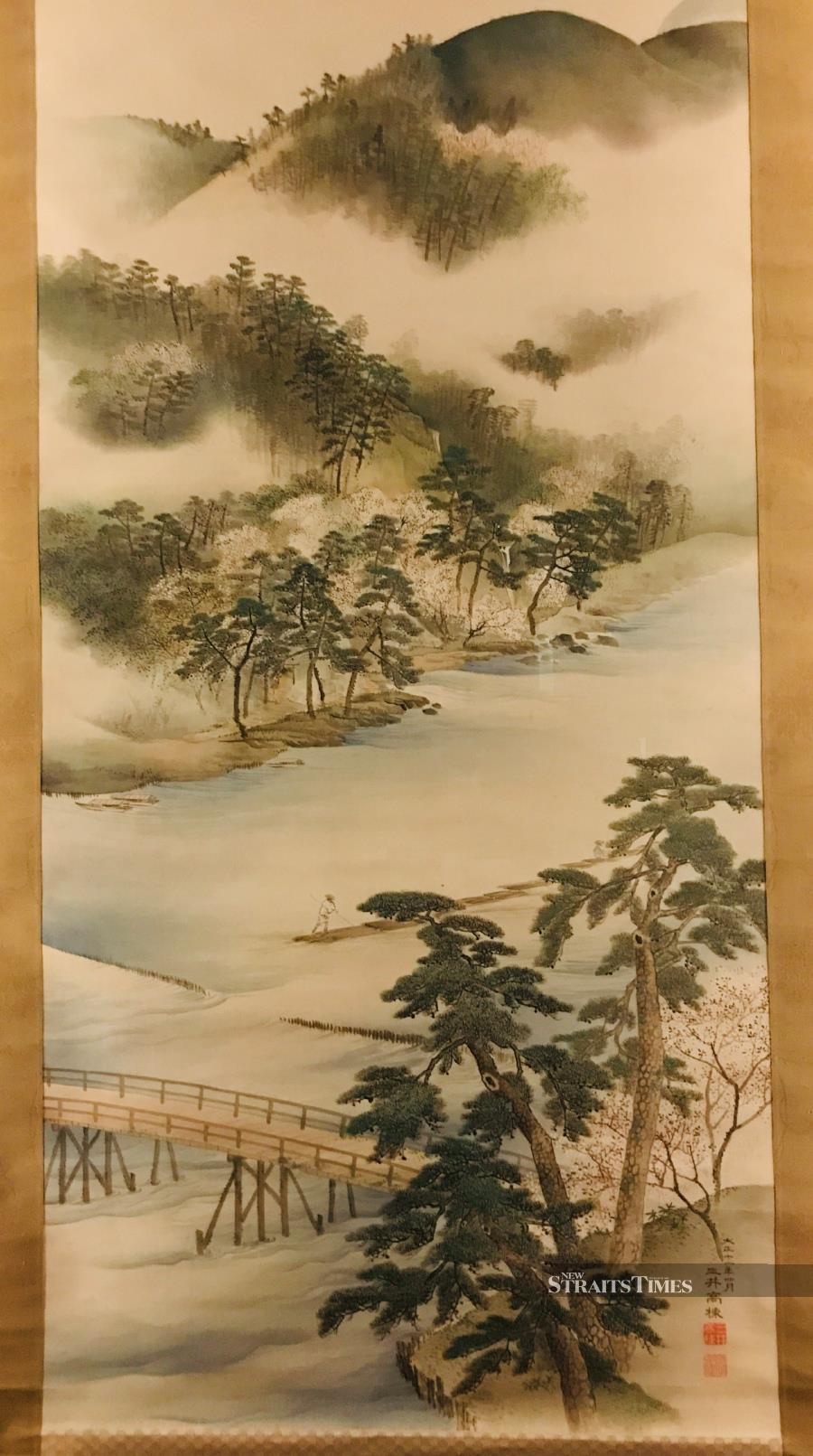
We can see what these leaders of empires ate when they sat together, including the puzzling "Oriental lamb cutlets". We can also learn about the music that was brought out to entertain them. I would guess that the Japanese Crown Prince was fed up with hearing Madame Butterfly but no doubt put on a good show of enjoying it being murdered by a brass band.
Then there are the gifts exchanged between the two nations. How unexpected to see the same three feathers used by Prince Charles appearing on a Japanese lacquer letter box from 1922.
MISLEADING AND MISUNDERSTOOD
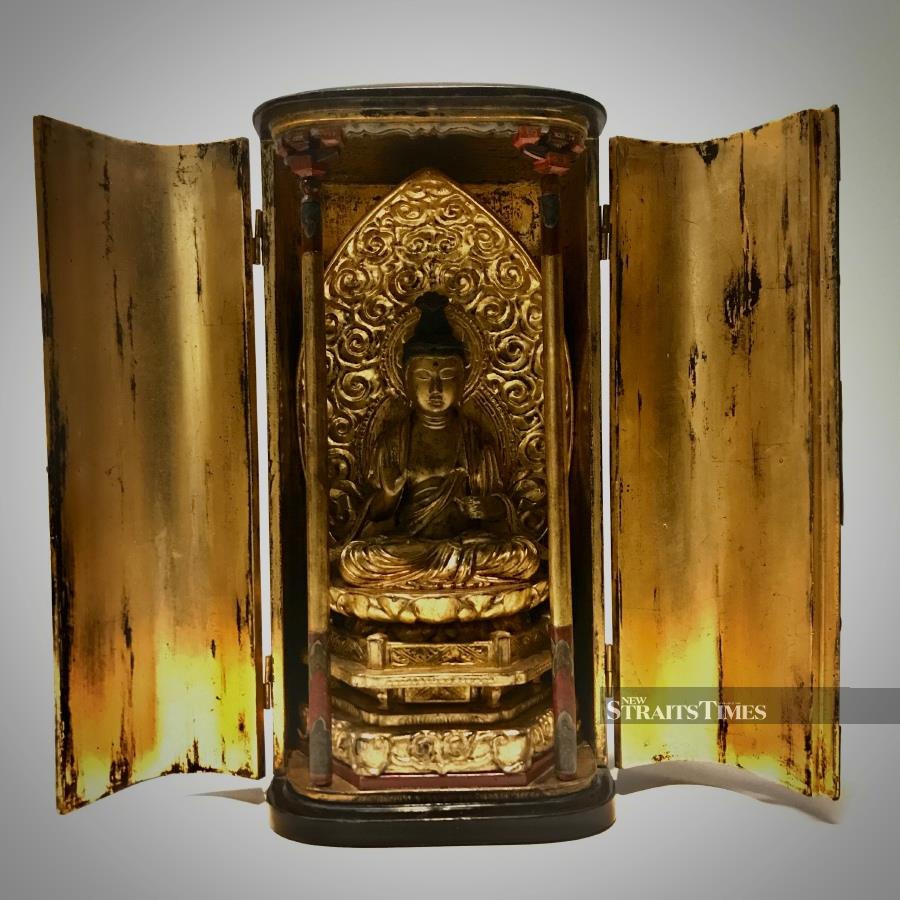
The story goes back much further than that. Even after Japan had closed its borders to foreign visitors in 1603, it was a major trading nation. Utilising the chaos of China as it descended into civil war in the 17th century, Japanese ceramicists and others were busy filling the gap.
These substitutes were not always understood to be from Japan. Adoring collectors in Western Europe and the Ottoman Empire often mistook them for the Chinese originals, which makes for some misleading inventories.
As most enthusiasts of the time couldn't tell the nations of East Asia apart anyway, it's often up to modern authorities to decide what is from where. It doesn't always matter as so many of these export wares were destined for foreign audiences and were not much appreciated in their homelands. Some are of religious significance that was entirely misunderstood in the Western world.
One example that is perhaps still misunderstood is the vessel known everywhere by its Malay name, kendi. Extremely popular in Southeast Asia for hygienic drinking, they are labelled as being used for washing hands, which might have been true in some locations. Other items are so filled with charm — such as incense burners in the shape of an ox — it's hard to believe they wouldn't have been admired everywhere as fun accessories.
REGAL FLAVOUR

Craftsmanship has always been a serious business in East Asia, but not without occasional humour. The material collected by the British royal family has often taken the form of official gifts, which makes these items a bit less wry on the whole.
The first recorded gift was in 1613. This complete set of armour would have been a very meaningful gesture of goodwill from the Japanese Shogun to King James I of England. Later, such armour was used by artists to represent the oppression of Catholics in the British Isles as the authorities in Japan began to persecute missionaries from Spain and Portugal, along with a large number of converts among their own people.
A keen interest in arms and armour was shared by the British and the Japanese, although most of the Royal Collection is more pacific. Colour was what Europe craved, provided by the extravagant ceramics of East Asia.
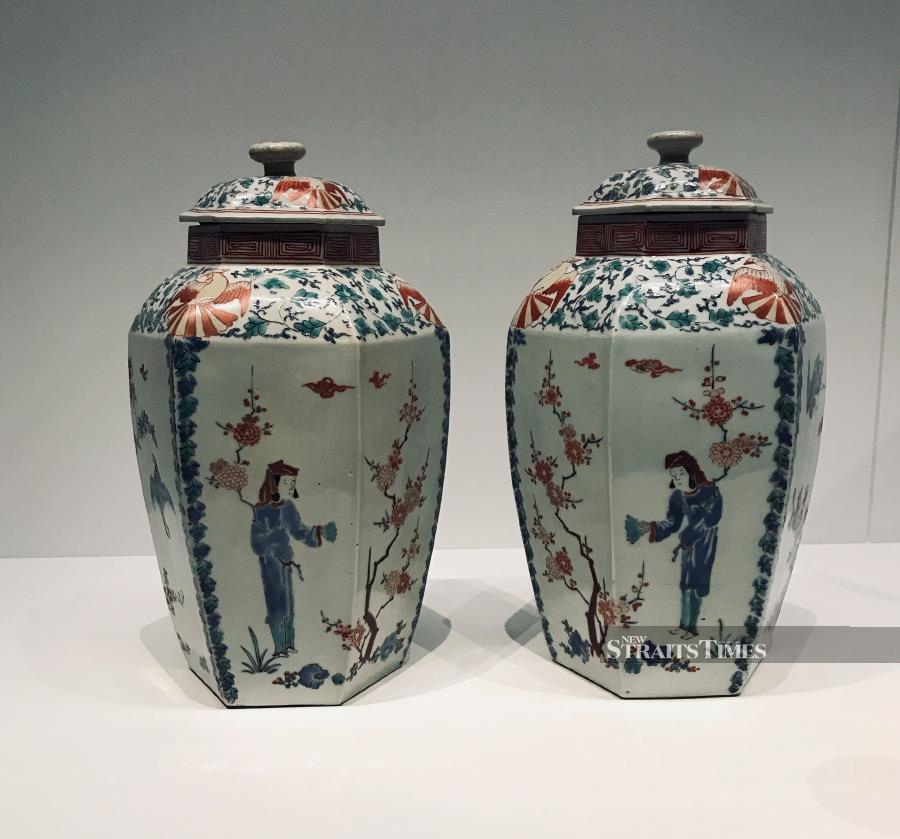
Equally popular was the more restrained palette of lacquerware. Gold on black was such a favourite in Western Europe that generations of French and English craftsmen were set to copying its discreet opulence. The finest lacquer objects were so highly valued in Japan, export licences were required and seldom granted.
The Royal Collection has ended up with a glorious diversity of Japan's greatest aesthetic triumphs. From the huge screens that provided privacy and colour in drab and draughty samurai castles, to the tiniest netsuke toggles, the full spectrum of Japanese art is on display.
One of the less preponderant elements, presumably because they were low-class disposable merchandise, are the ukiyo-e woodblock prints that fascinated the likes of Van Gogh and Monet.
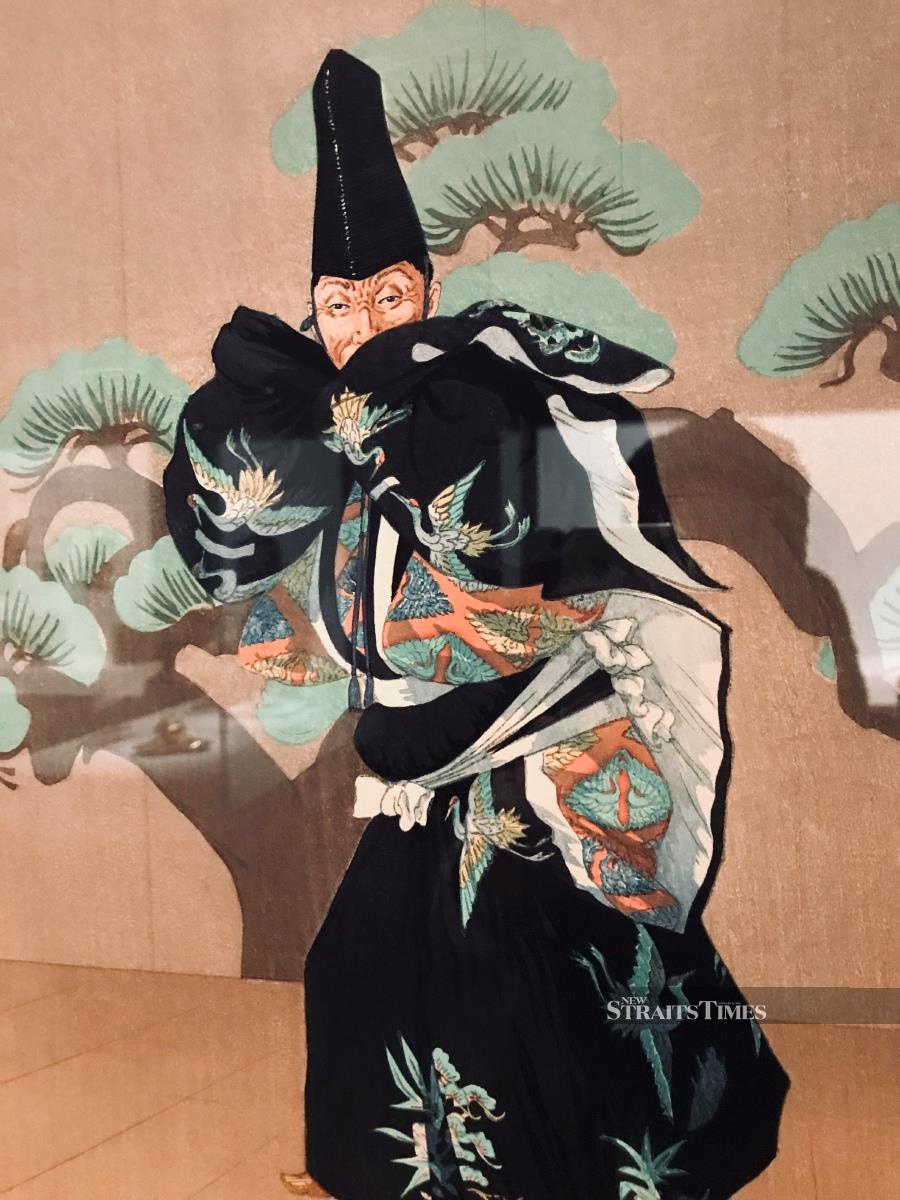
This is an assemblage with a regal flavour. As with the concept of monarchy itself, this exhibition takes the long view — and there is no country with a longer dynastic history than Japan.
Follow Lucien de Guise at Instagram @crossxcultural.
Japan: Courts and Culture
Exhibition ends Feb 2023.
Note: This article was written prior to the passing of Queen Elizabeth.


